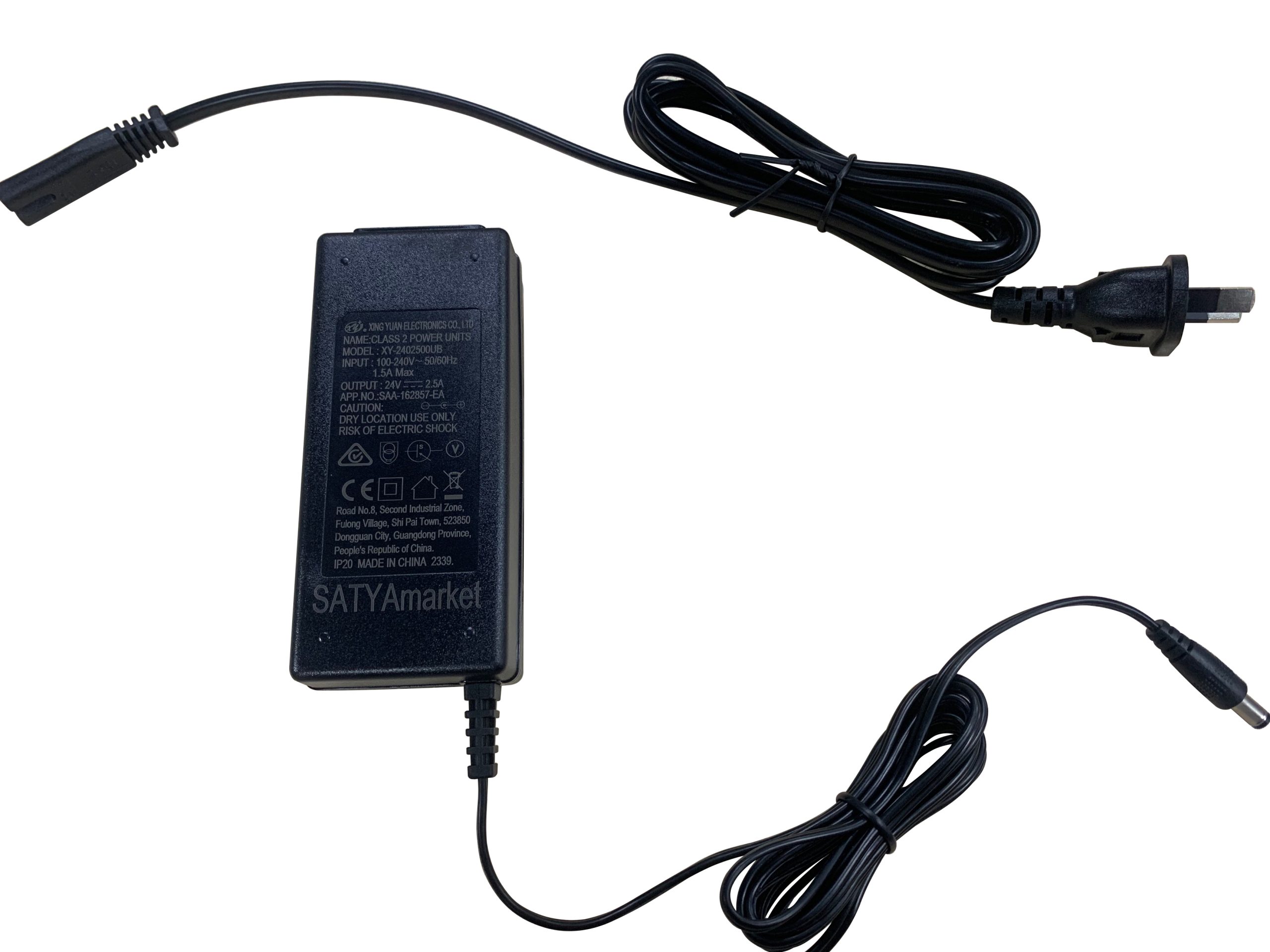If your LED lights keep flickering or don’t turn on at all, it could be due to the wrong led light power adapter. Picking the right one isn’t just about voltage and plugs. It’s about making sure your lights work the way they should — safely and smoothly. Whether you’re installing LED strips in the living room or updating a study lamp, the adapter you use plays a big role in how well your lights perform.
This guide will help you pick the best option without needing to be an electrician. You’ll learn what matters most when buying an adapter for your home lights, using simple checks and clear steps.
Understand the Basics of LED Light Adapters
Before choosing the right adapter, it’s good to understand what it does. An LED adapter changes the power from your wall outlet (AC) into the kind your lights need (DC). This is important because LED lights can’t run directly on AC power. If they do, they won’t last long.
Most adapters come in two common types: 12V and 24V. Picking between these depends on your light’s needs. You’ll usually find this info printed on the LED itself or in the manual. If your light says “12V DC,” that means you need an adapter that gives 12V output.
Check the Voltage and Current
Look closely at the label on your LED light. It will tell you how much voltage and current it needs. Voltage must match exactly. If your light needs 12V, don’t use a 24V adapter.
The current, shown in amps (A), should not be lower than what your light needs. If your LED light uses 1.5A, your adapter should give at least that — more is okay, less is not.
Here’s a quick example:
- Your LED strip reads: 12V, 2A
- You’ll need a 12V adapter that gives at least 2A
Match the Wattage
Wattage is how much power your lights will use. You can find it by multiplying voltage and current. Using the example above:
- 12V × 2A = 24 watts
Your adapter should give more than 24 watts — a safe range would be 30W or higher. This gives your adapter some breathing space and helps it run cooler.
Choosing the wrong wattage may make the adapter heat up or fail over time.
Count How Many LEDs You’re Connecting
If you’re lighting up a long LED strip or running several lights from one adapter, you’ll need to add up the total power they use. More lights mean more power.
For example:
- 1m of LED strip uses 12V and 1.2A → that’s 14.4W
- 3m = 3 × 14.4W = 43.2W
So, in this case, you’ll need an adapter that gives at least 45 watts — or better, 50W to be safe.
Choose the Right Plug and Wire Type
Adapters come with different plug sizes and wire types. Make sure the output plug fits your light. A wrong plug can be loose or may not fit at all.
If your LED comes with bare wires (like some strip lights), choose an adapter with screw terminals or open wire ends so you can connect them directly.
Indoor vs Outdoor Use
Are you using the lights outside or in a bathroom? Then you need an adapter that’s made for damp or wet places. Look for waterproof adapters with an IP rating of IP65 or higher. For indoor use in dry areas, a regular adapter is fine.
Choose Certified Products
Look for products that have Australian certifications like SAA and RCM. These marks mean the product is tested and safe for home use. Certified adapters protect your lights from short circuits and over-voltage problems. They also help prevent overheating.
Using non-certified products can be risky, especially if you leave the lights on for hours.
Don’t Forget Cooling
Good adapters don’t just supply power; they manage heat well. Look for ones with proper air vents or metal cases. If your adapter gets hot quickly, it might not last long.
Placing it in a cool, open space also helps. Avoid covering it with carpets or curtains.
Pick a Reputable Brand
A reliable brand means better quality and support. Many cheap, no-name adapters fail early or don’t give stable power. This can shorten your LED light’s life.
Buy from a seller who offers product details, warranty, and clear customer support. It’s better to spend a little more than risk safety or light damage.
Tips for Common Home LED Setups
- LED Strip Lights (Indoor): Most use 12V. Check strip length and get an adapter that gives at least 20% more wattage.
- Ceiling Downlights: Many modern ones use 24V. Always match with the right current rating.
- Reading Lamps or Desk Lights: Check voltage. Usually lower wattage needed, but still match correctly.
- Under-cabinet Lighting: These are often connected in series. Add the wattage for all lights and pick a matching adapter.
Troubleshooting Tips
- Flickering Lights: Adapter may be underpowered. Check the wattage and current.
- Lights Won’t Turn On: Wrong voltage, broken adapter, or bad connection.
- Overheating Adapter: Wattage too low or blocked airflow.
Fixing these starts with checking your adapter’s power specs and matching them with the light’s needs.
Stop Guessing
Choosing the right LED light power adapter doesn’t need to be confusing. Always start with the basics — voltage, current, and total power. Make sure your adapter fits your setup and supports your lights well. This keeps your lighting safe, bright, and long-lasting.
If you want reliable and certified power adapters for home lighting, SATYA Market offers a trusted range of 12V and 24V models that work well with LED strips, downlights, and more. You can shop with clear product details and know you’re buying something built for safe home use.
